Last updated: April 18, 2023
Article
Kīpukas
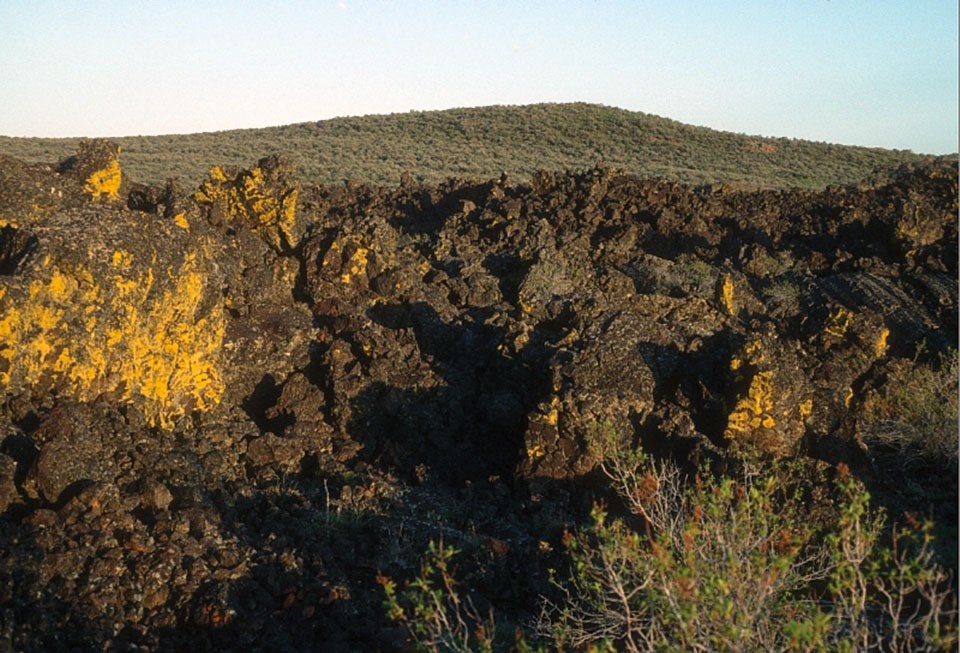
NPS photo.
Introduction
Kīpukas are areas that are surrounded by younger lava flows. They are common in areas with basaltic lava flows. Kīpukas are found on shield volcanoes, in monogenetic volcanic fields, and at fissure volcanoes.
Kīpukas form when lava flows around topographic highs such as hills or ridges or otherwise encircle areas with older geologic deposits. Kīpukas may be of any size, and their surface is the rock type or surficial deposit of the pre-lava flow landscape. A kīpuka’s substrate is commonly that of an older lava flow, but may be of another rock type or surficial deposit.
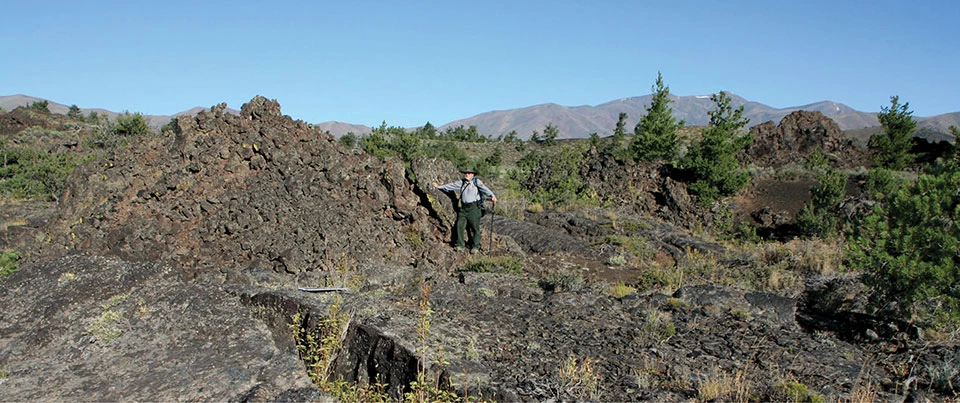
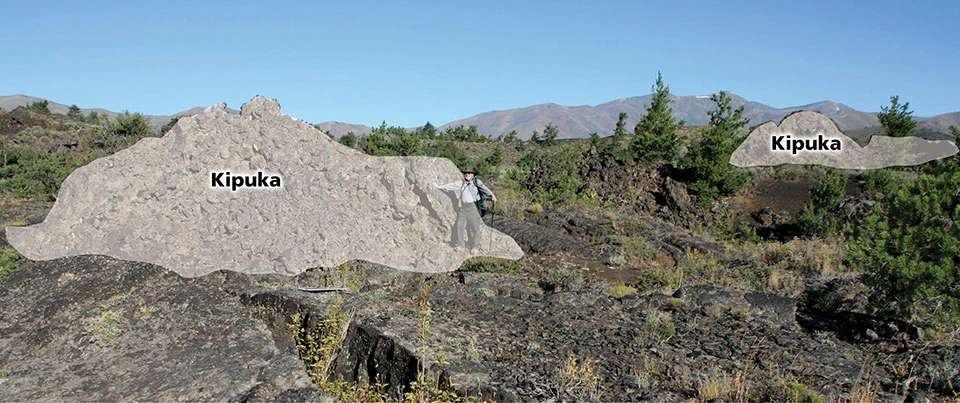
Left image
Two small kīpukas in Craters of the Moon NM and Preserve. They are made of an older lava flow containing blocks of a rafted cinder cone that became surrounded by a younger lava flow.
Credit: Geologic Map of the Core Visitation Area of Craters of the Moon National Monument And Preserve, South-Central Idaho, with Descriptions of 38 Points of Geologic Interest By John H. Niles, Douglass E. Owen, Mel A. Kuntz, Richard H. Lefebre, et al.
Right image
Photo with feature labels added.
Credit: Geologic Map of the Core Visitation Area of Craters of the Moon National Monument And Preserve, South-Central Idaho, with Descriptions of 38 Points of Geologic Interest By John H. Niles, Douglass E. Owen, Mel A. Kuntz, Richard H. Lefebre, et al.
National Park kīpukas
Craters of the Moon National Monument and Preserve, Idaho
Craters of the Moon National Monument and Preserve contains more than 500 kīpukas of various sizes. Kipukas in the monument may have better soils and more extensive vegetation than the surrounding young lava flows.
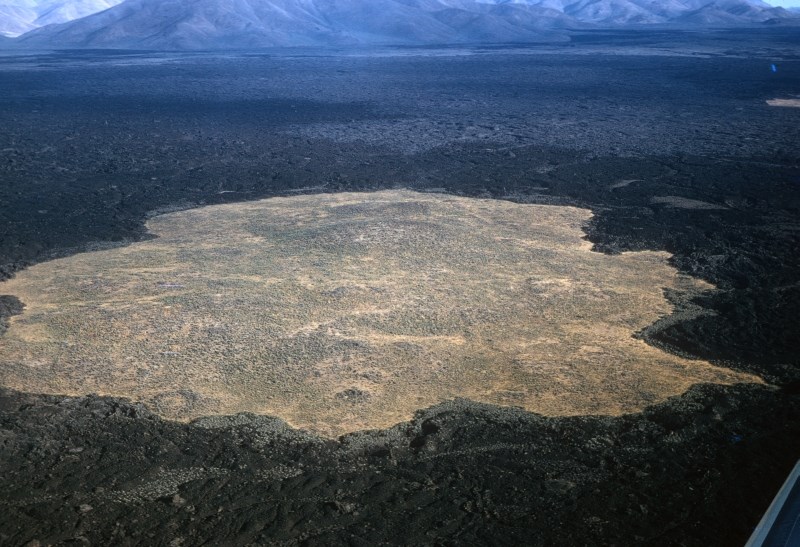
NPS photo.
Featured Webpage
El Malpais National Monument, New Mexico
Kīpukas in El Malpais National Monument may consist of areas of older lava flows, sedimentary rocks, or even eolian (dune) deposits. Kīpukas are found in all lava flows in El Malpais except McCartys flow which is the youngest in the Zuni-Bandera Volcanic Field.
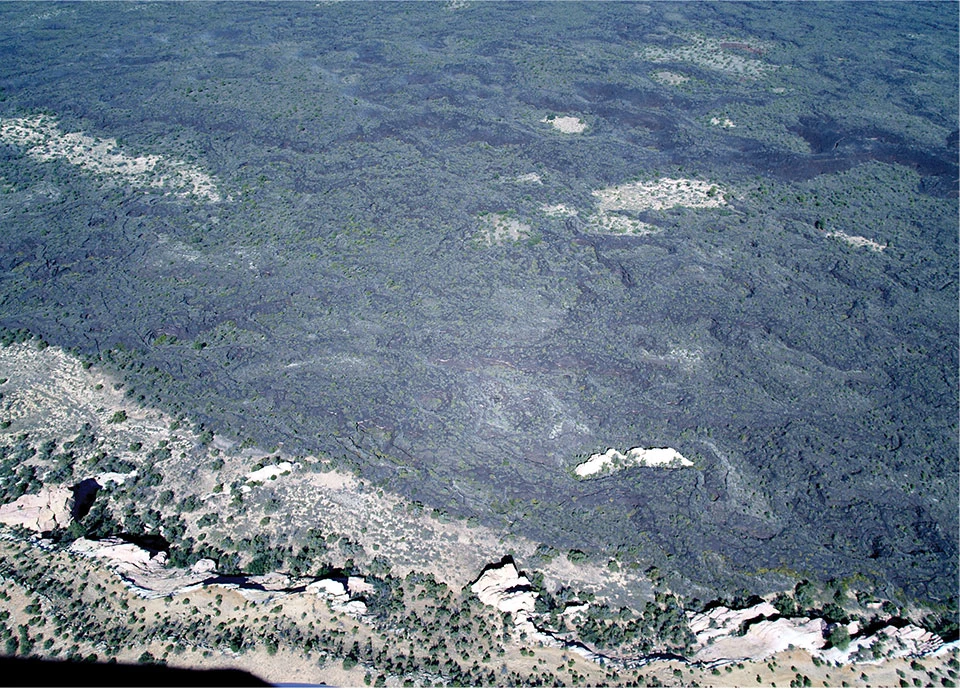
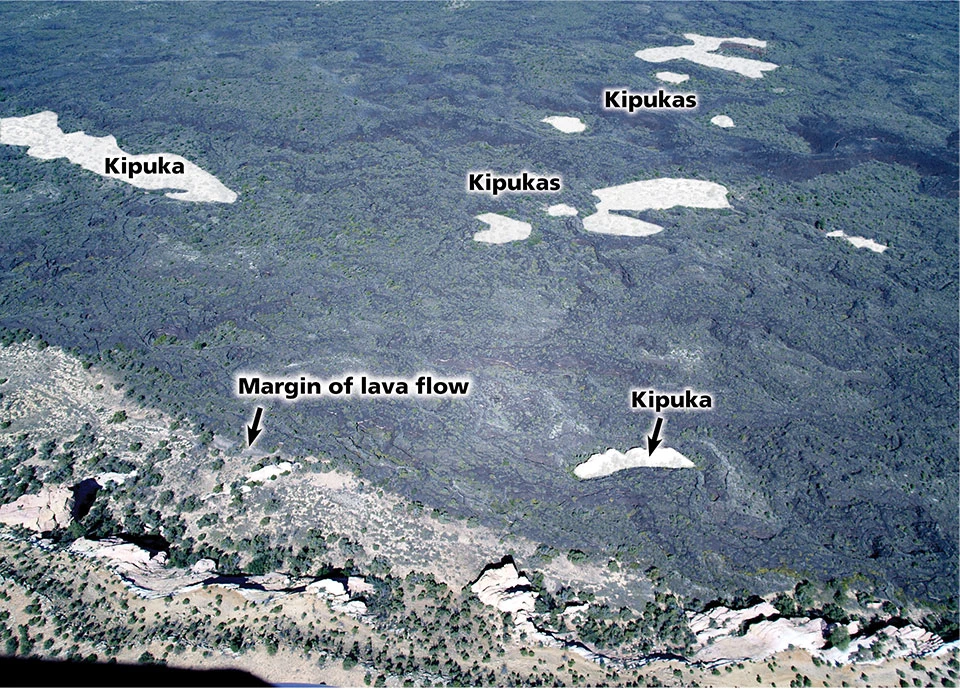
Left image
Small kīpukas near the margin of the McCartys Flow. Most, if not all of these kīpukas have a sandstone substrate and were likely topographic highs at the time of the eruption. El Malpais National Monument, New Mexico.
Credit: Photo courtesy of Larry Crumpler.
Right image
Image with feature labels.
Credit: Photo courtesy of Larry Crumpler, annotated by Allyson Mathis
Featured Webpage
Hawai’i Volcanoes National Park, Hawai’i
The formation of kīpukas is an important part of ecological succession on the Hawaiian Islands. Kīpukas have the greatest biological diversity of any area within Hawai’i Volcanoes National Park.
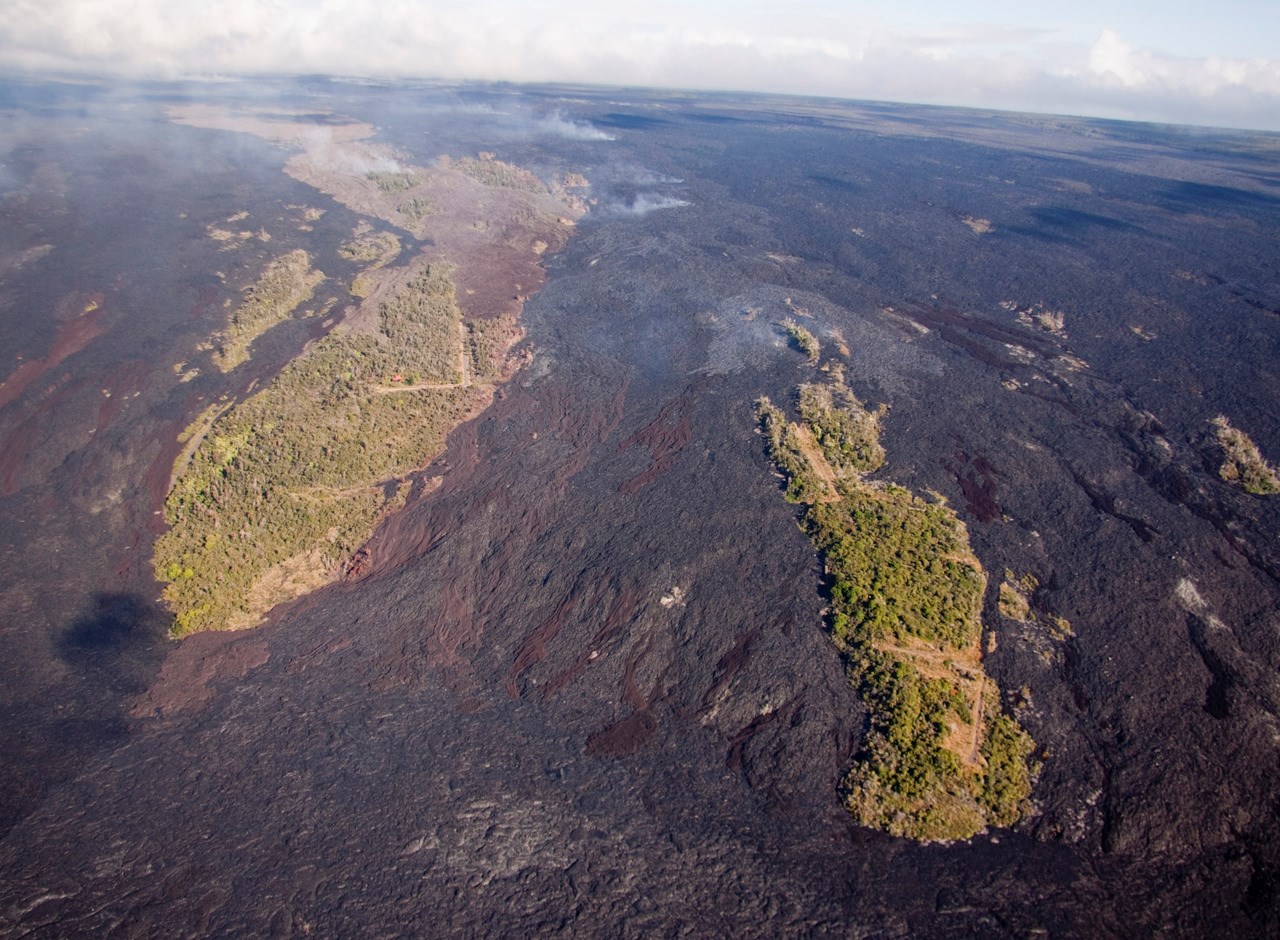
USGS photo.
Featured Webpage
Ecological Significance
In areas of active or recent volcanism like at Hawai’i Volcanoes National Park, kīpukas often serve as ecological islands with older mature vegetation versus the nearly barren surfaces of young lava flows.
Kīpukas are effectively refuges for plants and animals. Further, populations of plants and animals living on kīpukas may help species re-colonize younger lava flows. Kīpukas may also play a role in speciation as they contribute to isolation that may limit gene pools.
Plant communities and ecosystems on kīpukas may also be protected from disturbances and invasions of exotic species by the rugged lava flows that surround them.
Even in areas where the most recent volcanism occurred thousands of years ago, kīpukas can have relict plant communities because they may have experienced fewer disturbances than areas external to the young lava flows. Some kīpukas in both Craters of the Moon National Monument and Preserve and El Malpais National Monument have relatively undisturbed vegetation compared to areas that have experienced significant grazing and logging prior to park establishment/enlargement.
National Park Sites with kīpukas
-
Craters of the Moon National Monument (CRMO), Idaho—[CRMO Geodiversity Atlas] [CRMO Park Home] [CRMO npshistory.com]
-
El Malpais National Monument (ELMA), New Mexico—[ELMA Geodiversity Atlas] [ELMA Park Home] [ELMA npshistory.com]
-
Hawai’i Volcanoes National Park (HAVO), Hawai’i—[HAVO Geodiversity Atlas] [HAVO Park Home] [HAVO npshistory.com]
-
Lassen Volcanic National Park (LAVO), California—[LAVO Geodiversity Atlas] [LAVO Park Home] [LAVO npshistory.com]
-
Lava Beds National Monument (LABE), California—[LABE Geodiversity Atlas] [LABE Park Home] [LABE npshistory.com]
